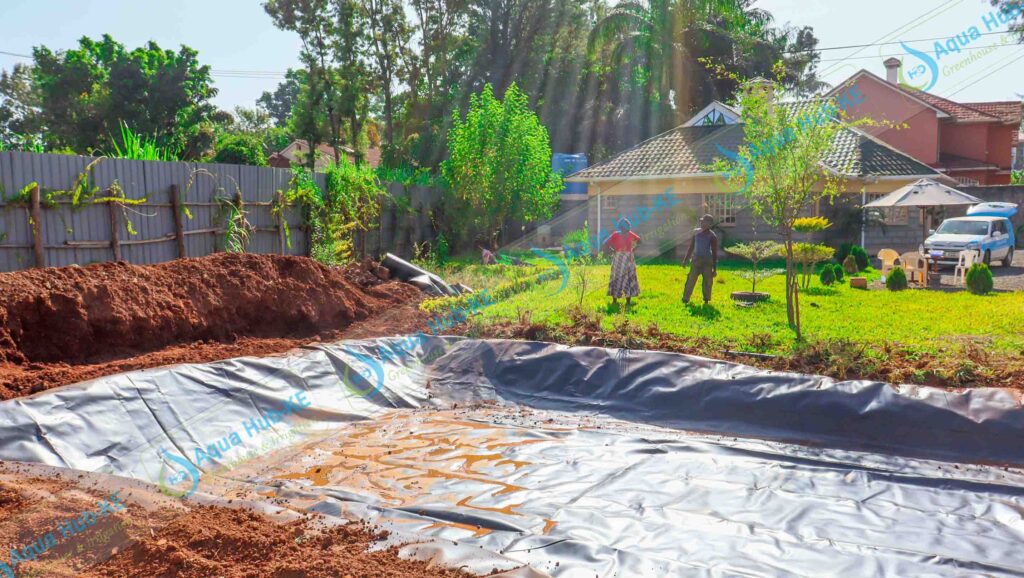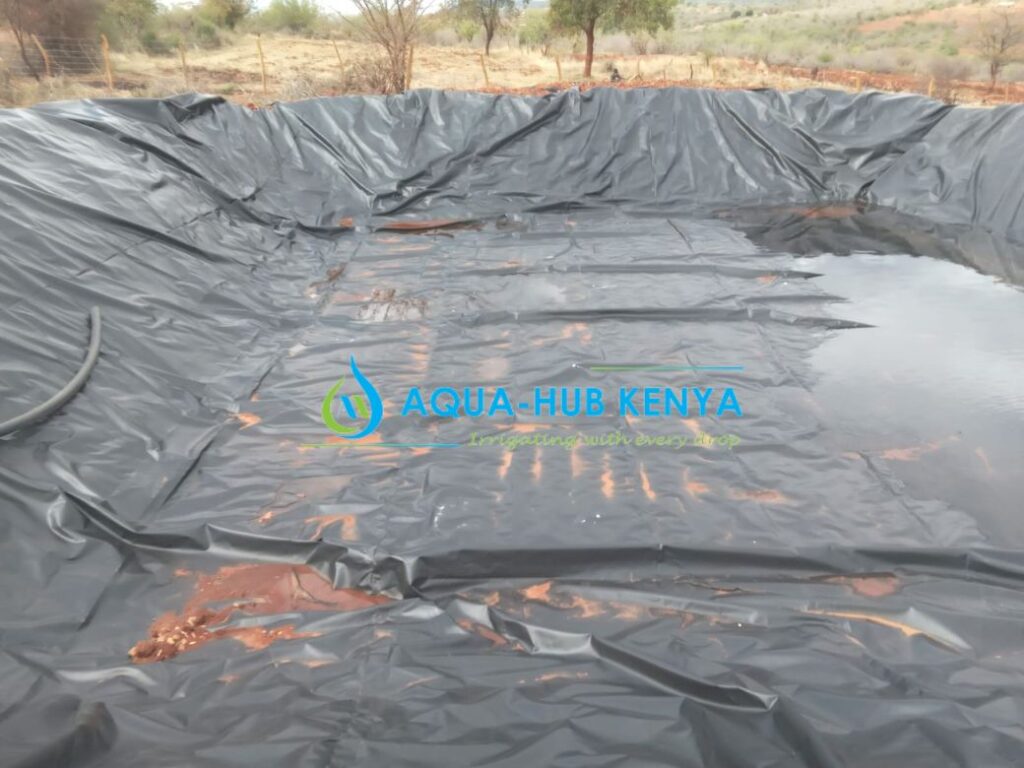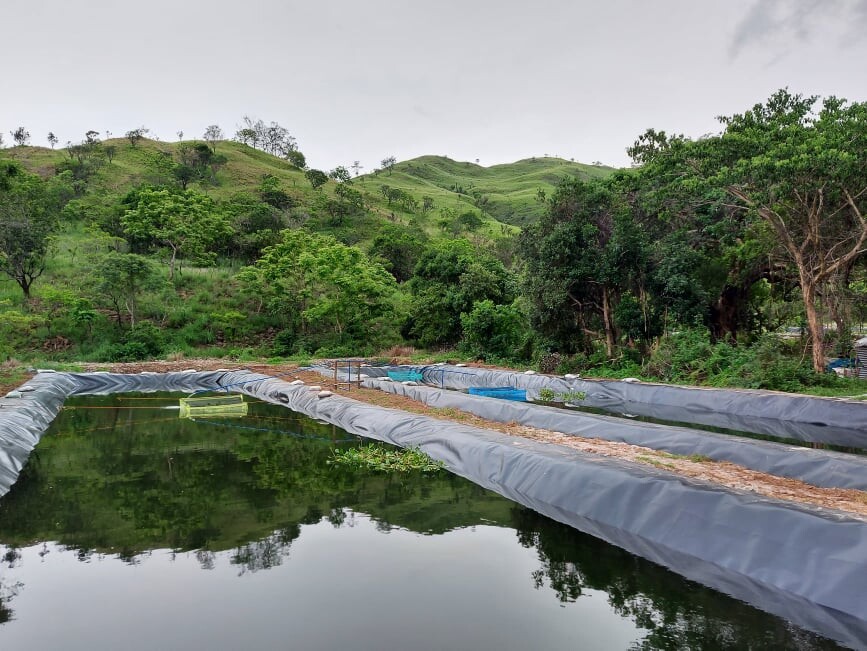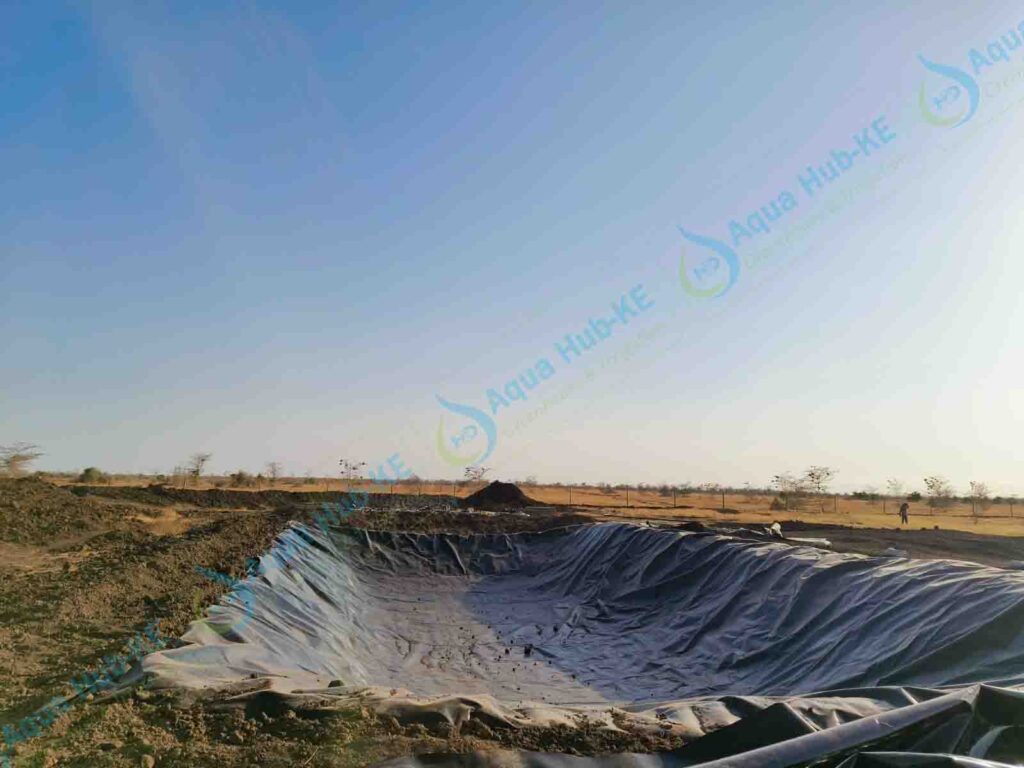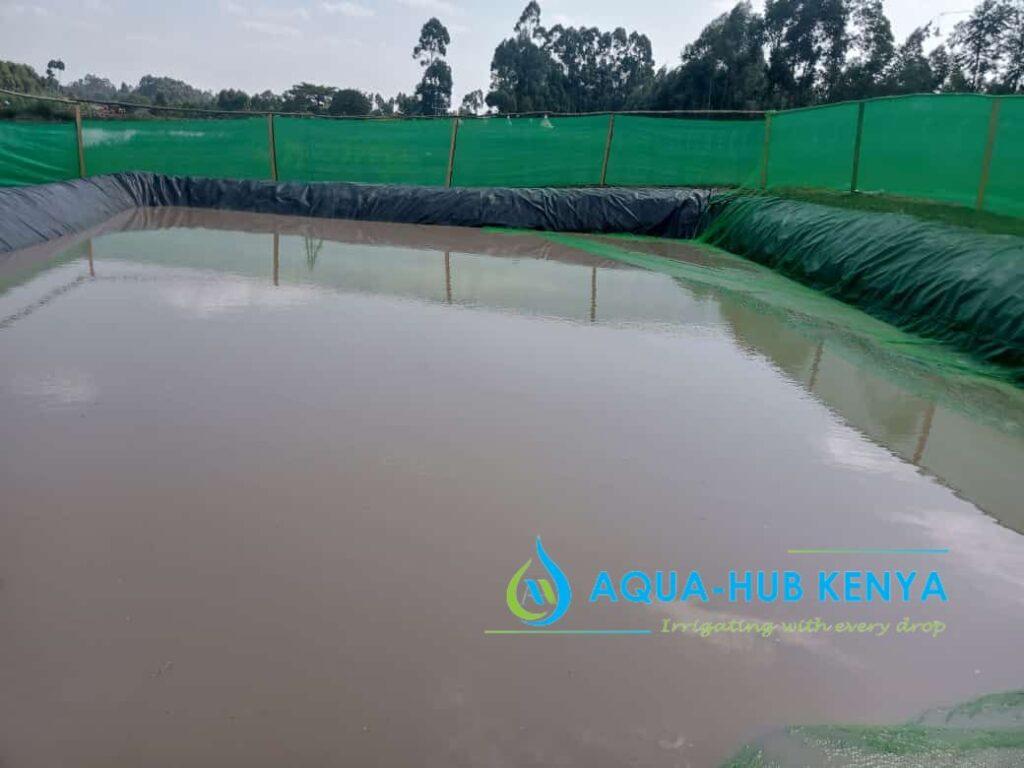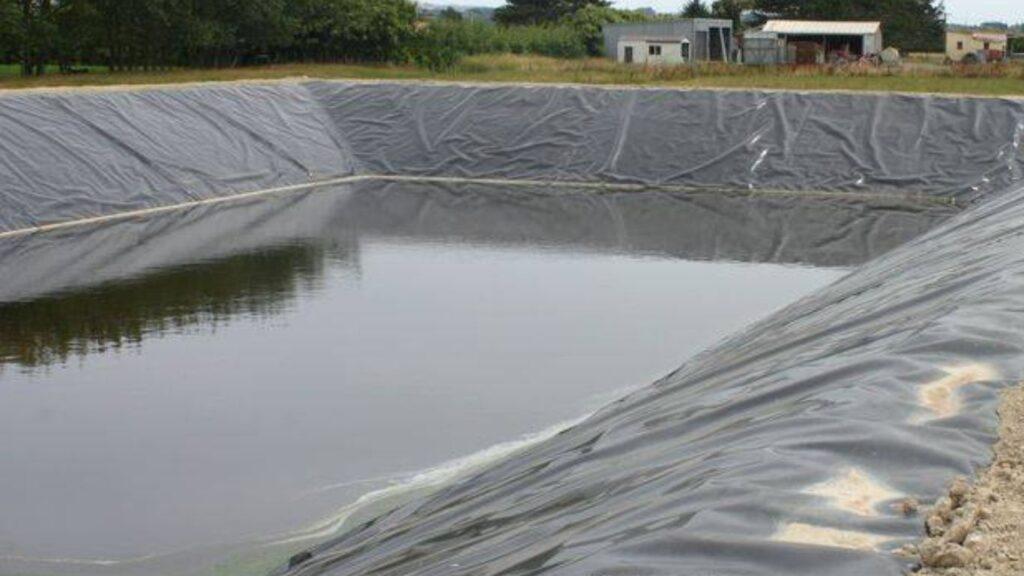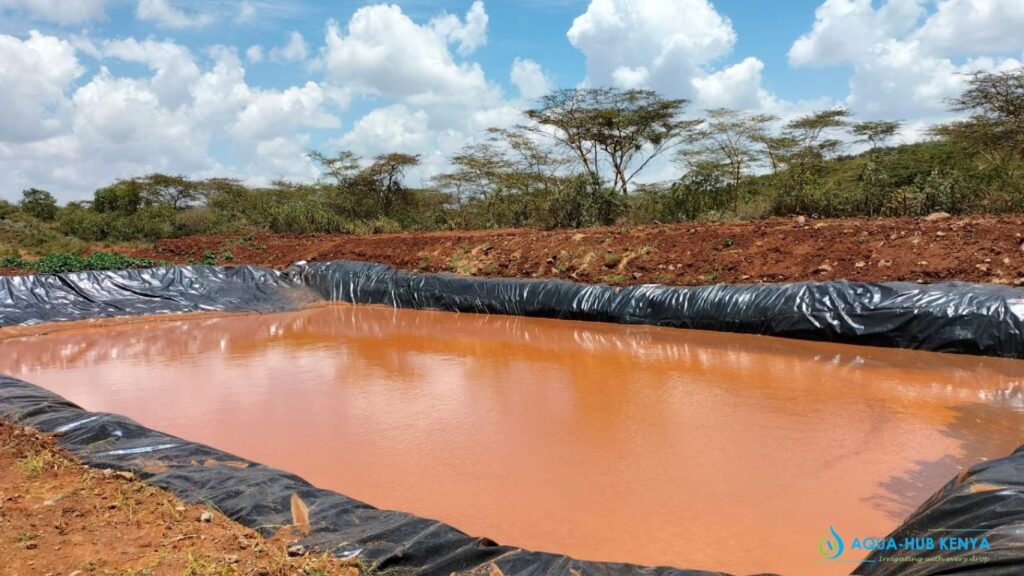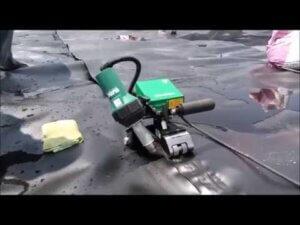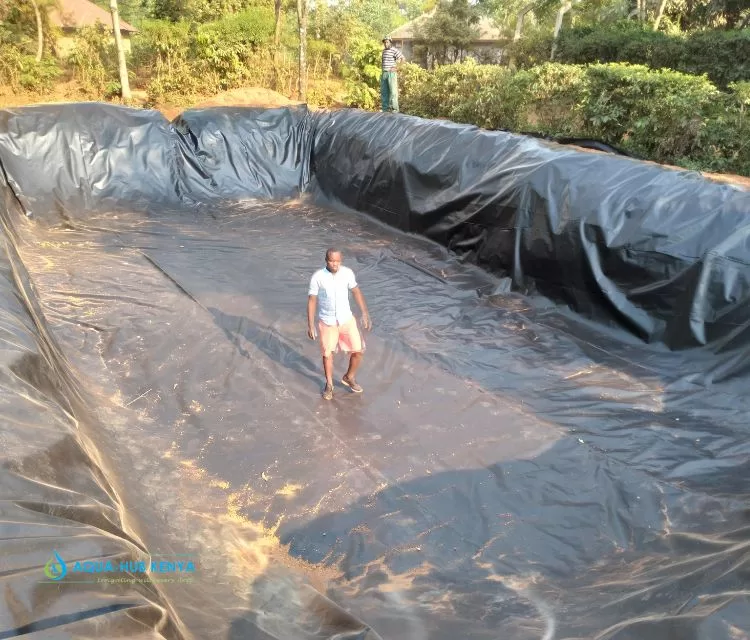Blog
Dam Liner Thickness and Prices in Kenya
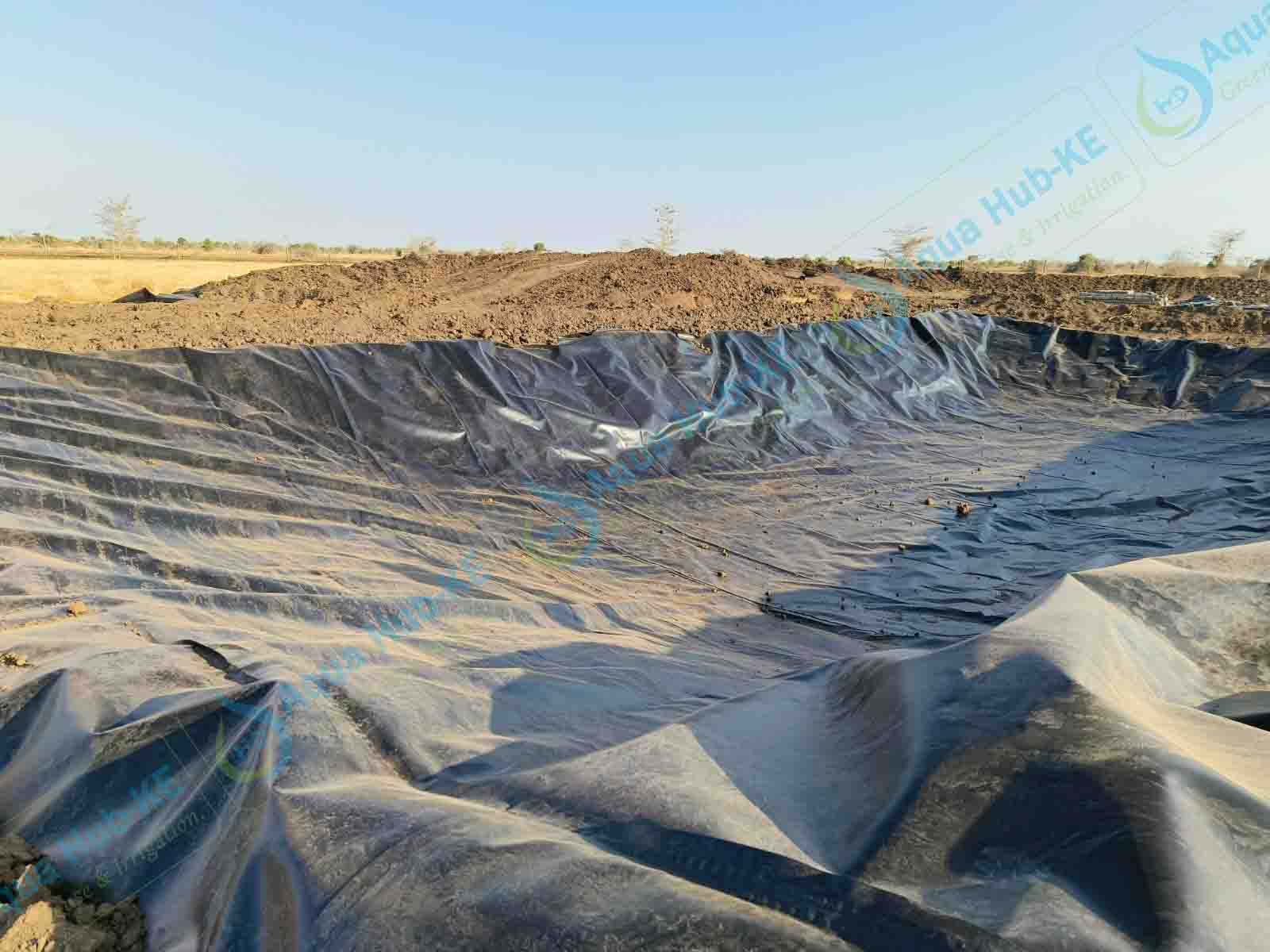
Dam Liner thickness is of 0.3 mm, 0.5 mm, 0.75 mm and 1 mm sizes in Kenya. Each specific thick size is sold at different cost per square meter. Prices of dam liners are KES 150 per square meter for 0.3 mm thick dam liner, KES 230 per square meter for 0.5 mm thick dam liner, KES 330 per square meter for 0.75 mm thick dam liner and KES 440 per square meter for 1 mm thick liner.
Call 0790719020 to buy or make inquiries.
Dam Liners: Description
Dam liners, also known as geomembranes, are heavy, flexible plastic mats that are suitable for preventing water loss in dams. These reusable materials are made from polyethylene compounds, which are known for manufacture of plastic waterproof and reliable products.
Dam liners have attracted popularity with a wide range of applications in water storage, dams’ reinforcement, sewage systems, septic tanks, dams and concrete tanks.
Understanding Dam Liner Thickness and Sizes
Dam Liner thickness is the gauge or how thick the dam liner is in millimetres. The dam liner material thickness varies depending on its recommended use. Common dam liner thickness varies from 0.3 mm to 1 mm for simple or domestic water applications. Heavy-duty applications such as industrial, mining, or earth shields use dam liners of 2- or 3-mm thickness size.
What are the Technical Data for Our Dam Liners
While dam liners are common, they vary in specifications as some could be packed in different width or length. Colour, raw material within the plastic compounds and the durability or density may also vary. Below are the specifications of our dam liners.
- Black Colour
- HDPE material
- Packed in rolls of 8 m width and 50m length
- Dam liner thickness 0.3 mm, 0.5 mm, 0.75 mm and 1 mm
How Much are Dam Liners in Kenya?
Dam Liners are KES 150 to KES 450 per every square meter in Kenya. Dam Liner Prices may fluctuate but are subject to discounts at Aqua Hub Kenya.
Best Dam Liners in Nairobi
The reliable and recommended place to buy dam liners in Nairobi is the Aqua Hub LTD. We are based in the Utawala area along Eastern Bypass Road.
Dam Liners for Sale in Kenya
If you are interested in securing water using dam liners, you need to find out which dam liner to use. Don’t look beyond Aqua Hub Ltd, the popular dealer in dam liners and pond liner materials in Kenya. Our strength lies in our customer service, friendly prices and after sale services which include top installation services.
Different Dam Liner Thickness and their Specific Uses
0.3 mm Dam Liners
The most affordable type of dam liner or pond liner in Kenya. It is often utilized for small water volumes or ponds. It has higher flexibility and is less dense. Can last for a minimum of 15 years.
0.5 mm Dam Liners
Another medium density and flexible dam liner for small water storage projects. It is applicable for small dams and lasts for 25 years.
0.75 mm Dam Liner
Denser dam liner for use in large dam projects and other applications that need a high tensile strength securing liner. Also, applicable in pond lining and domestic water projects. It can operate in good condition for 35 years.
1 mm Dam Liner
High density dam liner materials for securing concrete tanks, fishponds, and sewage containment. Critical water containment needs such as septic tanks, biogas plants, and slurry treatment requires a dam liner that guarantees top safety and protection from leakage. This dam liner is designed to last for up to 50 years.
How Beneficial are HDPE Dam Liners in Kenya
- Excellent Waterproof Nature: Our Dam liners are totally waterproof because of their smooth and compact nature of Polyethylene material.
- Non-reactive to Chemicals: HDPE materials do not react with chemicals, and thus applicable in water treatment or sewage treatment projects.
- Zero Carbon Emission: We supply UV treated Dam liners known to resist solar radiation and non-biodegradable nature prevents the release of carbon to the atmosphere.
- Safe for Environment Use: They do not decompose, pollute or release chemicals to the environment. No effect on the water, air, or soil safety.
- Sustainable Water Storage: due to their impermeable nature, dam liners keep water for a long time.
- Cost-effective: dam liners are affordable, sold per square meter.
- Durable: dam liners last for a longer time compared to plastic water tanks or concrete tanks.
- Versatile Usability: they are ideal for many water applications. Because of their reliable water storage features, they work as water storage accessories.
- Enhances safety: for safety in mining sites, as earth shields, to seal collapsed mines or construction of buildings.
What Affects the choice of Dam Liner Thickness or Type?
- Size of the Dam or Pond: depth and width of the dam determines the number of pond liners you need and how to install it.
- Soil type: different soil structure requires specific dam liner thickness. For rough or rocky soils, a high density liner (0.75 mm or 1 mm) is appropriate. On the other hand, soft loam or clay soil can use 0.3 or 0.5 mm.
- Application of the Dam liner: the purpose of the liner is whether farm water storage, fishpond lining or concrete lining determines which thickness level to use. For instance, fishponds can use 0.5 mm liner, while a concrete tank requires a 1 mm size.
- UV Resistance: as a common feature to consider when choosing reliable water containment dam liners, HDPE dam liners
How we Prepare for installation of your Dam Liner
Preparation for installation of your dam liner involves the steps we take including planning, assessment and the actual dam liner installation.
- Planning for Site Visit: at the very immediate point you reach out to us, in case you need installation, we notify you of site visit for assessment.
- Site Visit: an actual site survey and measurements taken to calculate the dimension of the dam liner you require.
- Calculation of the Required Dam liner size: after site visit, our technicians determine the required dam liner in square meters. Our team will advise you on the recommended dam liner thickness to choose as per the application and soil type.
- Payment and Verification: once you receive the dimensions, you pay and once done we verify and schedule for installation.
- Packaging of the liner: after scheduling the installation date, our team prepares the dam liner and cuts it to the required size.
How to Install Dam Liners
Dam liners are installed differently according to the shape of the water reservoir or water pan. In dams, it is anchored on the ground by burying 1 M of the liner from the edge of a ditch. The weight of the soil will secure the material onto the ground without being removed by water suction.
Welding of Dam Liners : Why is important
Dam liners need to be joined together using a welding method to ensure it covers entirely all the surfaces of the dam. Welding involves joining the dam liner edges by melting it by a hot wedge machine and allowing them to cool and form a joint.
Because the shape of the rectangular or square pits may cause difficulty in installation of the material. For this reason, the liner you must cut and weld the liner to enhance easier and secure installation.
The same case applies to circular ponds, irregular dams and concrete ponds.
Steps taken to Install a Dam Liner
- Excavation of the Water Reservoir: Use an excavator to cut the surfaces and corners of the excavation flat.
- Unpacking and Laying the Dam Liner: Unpack the rolls and spread them evenly on the dam surface. Start with the base of the dam.
- Welding the dam liners: Join the materials by welding. Ensure electricity is available near the site.
- Make a trench around the dam: prepare a 1 m trench around the dam and bury 0.5 m extension of the liner from the edge.
- Pumping water: pump water to the dam to check if there is leakage. If water level drops after 24 hours, the liner has a leaking part which requires checking and repair.
Other applications of Dam Liners
- Applicable as gutters or rain collection gutters installed on wooden greenhouse roofs.
- For insulation of floors or surfaces in solar dryers.
- Making multi-storey kitchen gardens. To hold soil in the storey gardens.
- Construction projects
- Sewage and septic tanks containment.
- Used as land fillers in mining sites
- Road Construction projects.

